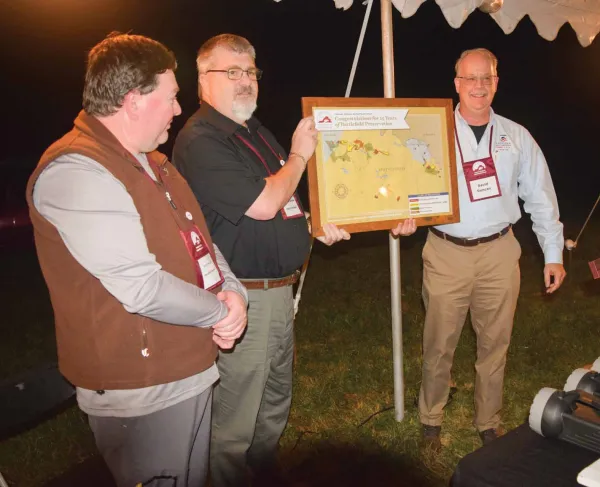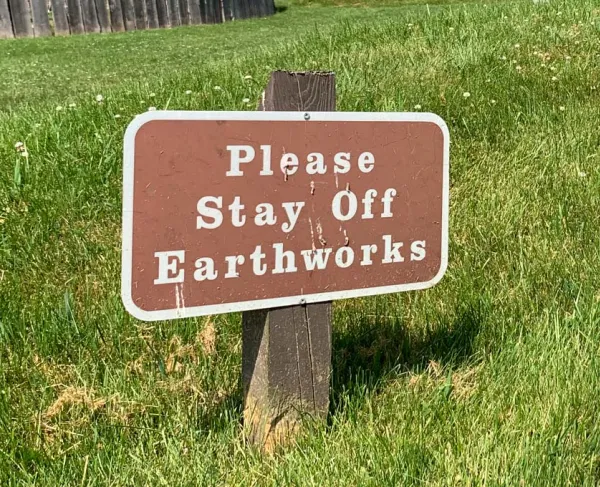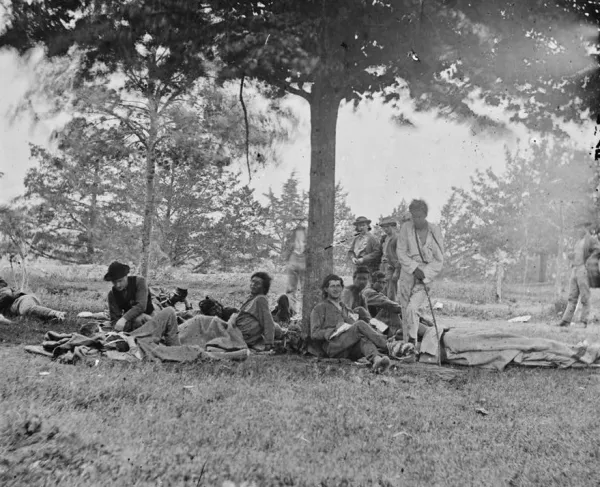The Evolution and History of Staff Rides
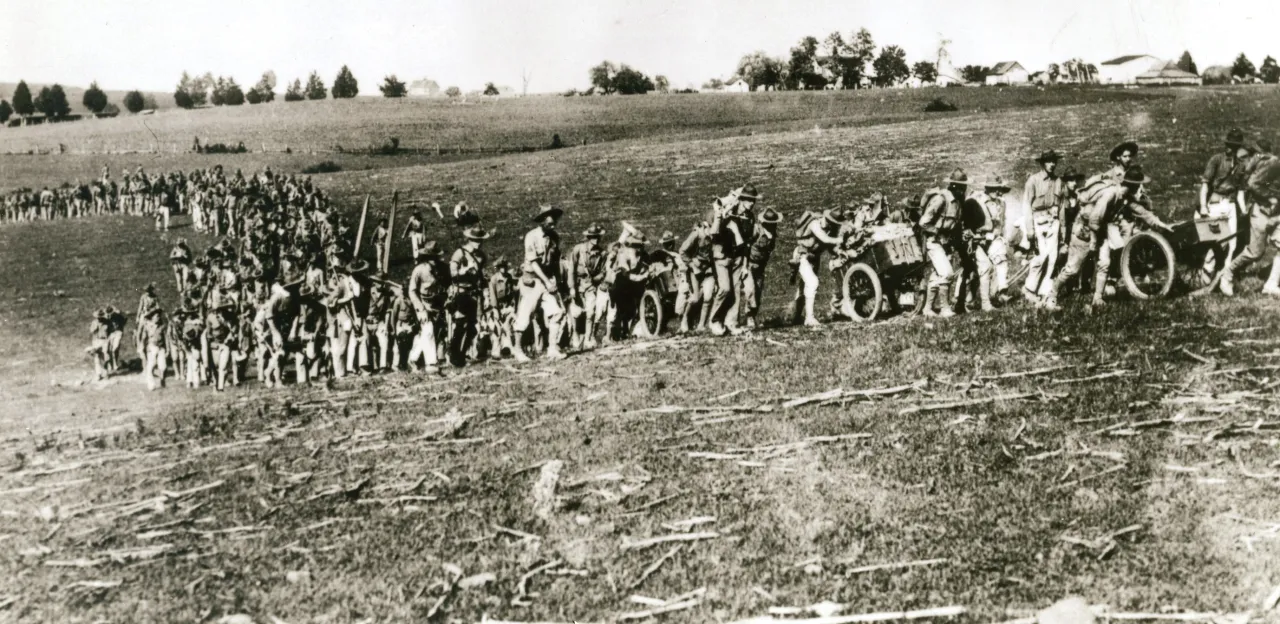
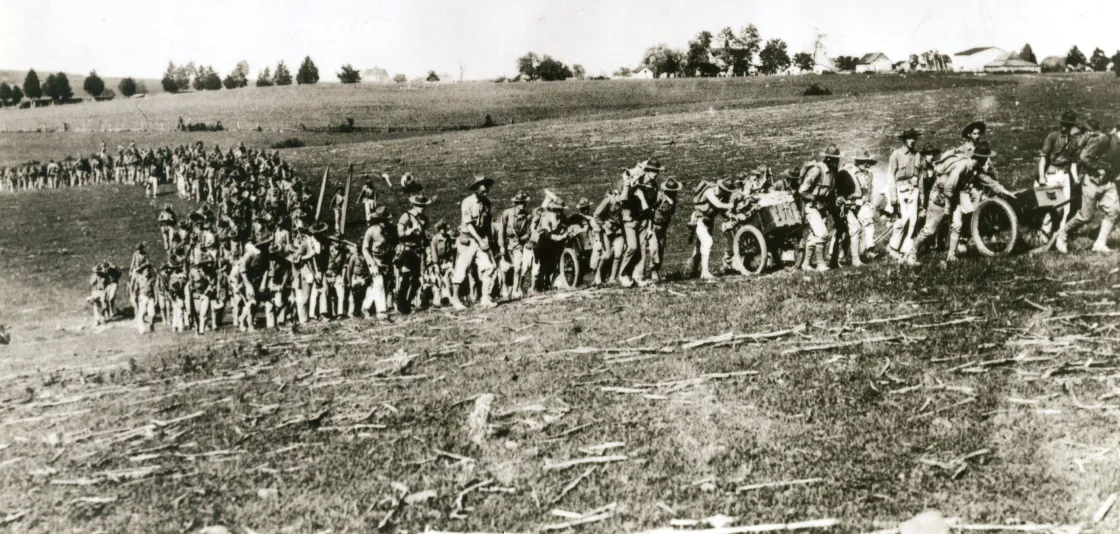
The Maryland Campaign of 1862, which culminated in the Battle of Antietam, was a major turning point in the American Civil War and in the history of this nation. Because of early efforts to save the battlefields of the campaign, the historic terrain provides soldiers an exceptional opportunity to study the battles on the actual ground where the critical events occurred.
The earliest preservation efforts on the Antietam battlefield were a direct result of the carnage, after which burial details performed their grisly task with more speed than care. Graves ranged from single burials to long, shallow trenches accommodating hundreds, and markings were haphazard; within 18 months, erosion had exposed many burials. On March 23, 1865, the state purchased 11.25 acres to create a national cemetery. The original plan allowed for burial of soldiers from both sides, but ultimately, some 2,800 Confederate remains —more than 60 percent of them unknown —were reinterred elsewhere. On the battle’s anniversary in 1880, a massive monument was dedicated at the cemetery’s center, its inscription fitting for soldiers of all times: “Not for themselves but for their country.”
When the veterans of Antietam aged into their 50s and 60s, they used their increased political and financial power to protect and mark it and the other major battlefields where they had fought a generation before. During the 1890s, Congress passed legislation to authorize the establishment of four national military parks. These first four battlefields were Chickamauga and Chattanooga (1890), Shiloh (1894), Gettysburg (1895) and Vicksburg (1899). Although legislation to formally commemorate Antietam was passed in 1890, it was not made a full-fledged national military park, but would still be funded and managed by the War Department.
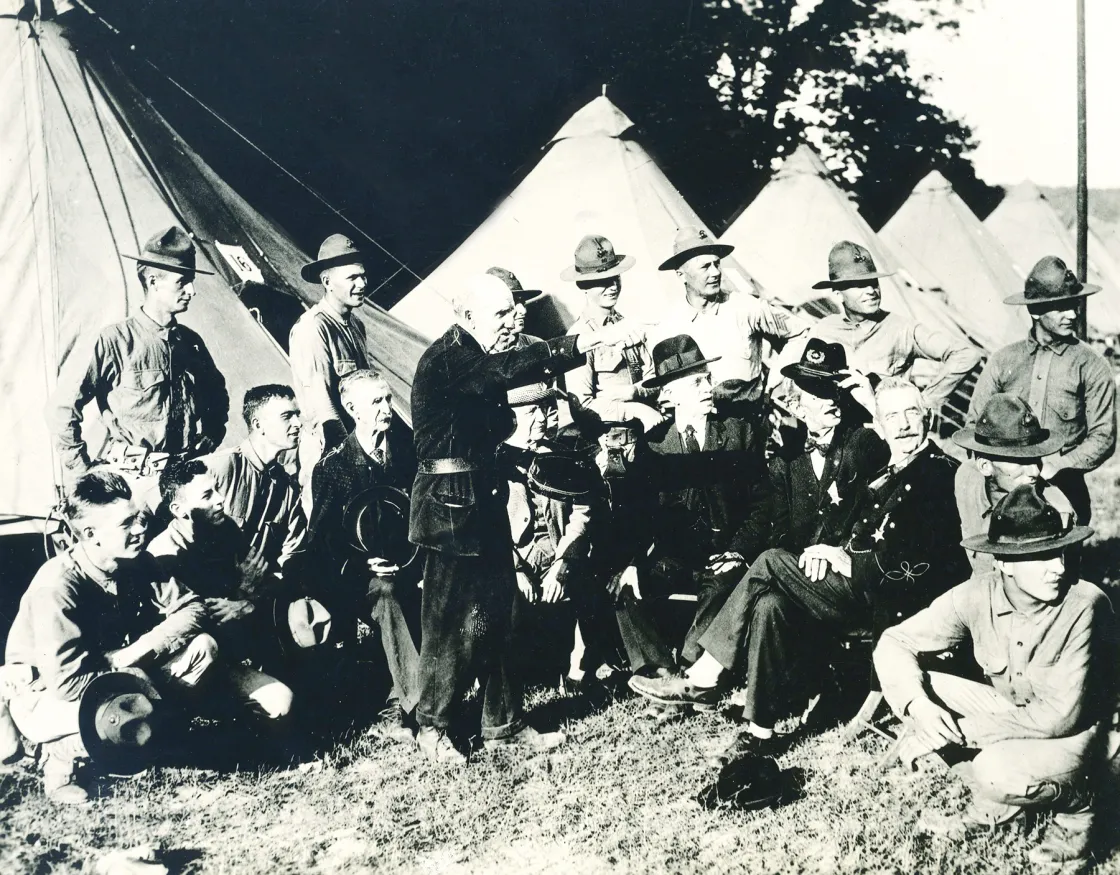
The legislation to create the first national military park, Chickamauga and Chattanooga, stated that the purpose of the park is “preserving and suitably marking for historical and professional military study the fields of some of the most remarkable maneuvers and most brilliant fighting in the war of the rebellion.”As Ronald F. Lee, chief historian of the National Park Service, noted in his seminal work, Origin and Evolution of the National Military Park Idea, when the Civil War battlefields were being acquired and marked, it was considered “highly desirable to study, document, map, and mark every troop position in unmistakable detail on the ground itself ”to serve the needs of professional soldiers and historians to whom it was “vital to study the strategy and tactics of the great campaigns and battles in detail on the ground.”
At Antietam, an Act of Congress dated August 30, 1890, authorized $15,000 for the “purpose of surveying, locating, and preserving the lines of battle of the Army of the Potomac and the Army of Northern Virginia, and for marking the same.”Like the other battlefield parks, a commission was established to oversee the work. Unlike at other parks, no major tracts of land were acquired, because the board president advocated that the best way to preserve a battlefield was to perpetuate the agricultural nature of the surrounding community. The secretary of war embraced this vision, writing, “It is earnestly recommended that Congress authorize the marking of remaining important battlefields in a manner adopted at Antietam, which can be completed in a few years at a moderate cost, while the project of more national military parks, of thousands of acres bought by the government, involves the expenditure of millions of dollars and an indefinite lapse of time before completion.”Sadly, historians at the turn of the 20th century could not have foreseen the population and development explosion that threatens so many battlefield parks at the beginning of this century.
Key achievements of the board in those early years included: manufacture and installation of 408 cast-iron tablets that define and explain the movements of both armies across the campaign; construction of five miles of tour roads connected to the existing public roads and designed to “make the entire field accessible and, at the same time, enable the principal lines of battle to be so marked as to convey a clear idea of the several phases of the engagement”; monuments marking the death or mortal wounding of six general officers; and completion of the 60-foot observation tower at the corner of the Sunken Road.
In the first years of the 20th century, two collections were published that greatly enhanced the use of the historic landscape at Antietam by professional soldiers for military education. After almost 40 years and a cost of more than $3 million, the Publications Office for War Records completed The War of the Rebellion: A Compilation of the Official Records of the Union and Confederate Armies in 1901. The result was truly comprehensive; Series 1, Volume 19, which covers the Maryland Campaign, includes 899 pages, featuring more than 300 officer after-action reports. And in 1904, the army chief of engineers released a series of 14 iconic battle maps by veterans Brig. Gen. Ezra Carman and Col. E.B. Cope that are still in use at the park today. Just as the waters of the Potomac and Shenandoah Rivers join at Harpers Ferry, the confluence of documentation and preservation set the stage for the use of Civil War battlefields as places of study and reflection that are best embodied in the form of the military staff ride.
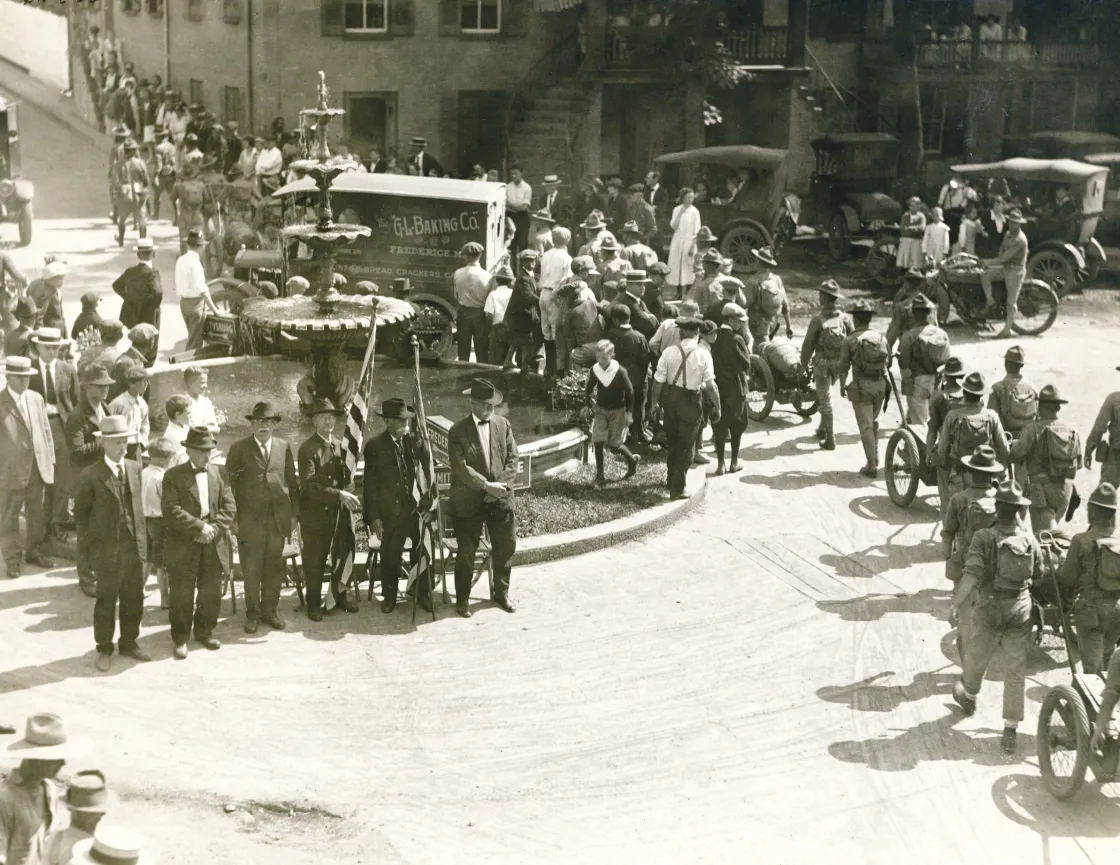
Early Campaign Staff Rides
The military staff ride has long been a part of the training experience for professional American soldiers, and it was on the great battlefields of the Civil War where that idea for outdoor, battlefield education began. As Carol Reardon notes in her essay From Antietam to Argonne, “Senior Army leaders planned from the start to use sacred grounds like Antietam not just as shrines to American valor and patriotism but also as open-air classrooms for the education of officers in the U.S. Army and National Guard.”
Elihu Root, who was secretary of war from August 1899 to January 1904, led many reforms that changed the entire fabric of the U.S. Army from a largely frontier-based, Indian-fighting force into the modern force that would help win WWI. Root emphasized military education and was the founder of the Army War College in 1903. He reorganized the militia into the National Guard and, via the Staff Act, obligated the General Staff Corps to perform duties involving “the preparation of plans and campaigns, of reports of campaigns, battles, engagements, and expeditions, and of technical histories of the military history of the United States.”To meet this requirement, since the War College was producing the officers credentialed for the General Staff, sending its students to visit military parks made sense.
Root’s influence was also felt at the U.S. Military Academy. The superintendent’s report of 1902 stated:
“...A notable change is one initiated by the Secretary of War, which supplements the instruction the first class receives in the operations of war by permitting it to visit one of the great battlefields of the Civil War. In April 1902, the first class, after a previous study of the Gettysburg campaign, spent two days in practical study on that battlefield, with much resulting good.... The practice of supplementing the theoretical and historical study of the art of war by a practical study of its principles on one of our famous battlefields is of such incalculable importance in the training of our young officers that I trust it is permanently incorporated in the Military Academy’s curriculum.”
Other early staff ride leaders in the American military were Col. Arthur Wagner and Maj. Eben Swift. These two officers were on the staff at the Infantry and Cavalry School at Leavenworth, Kan. They believed “that the road to an understanding of military science began with the study of military history.”Through their leadership, the staff ride became an integral part of the curriculum.
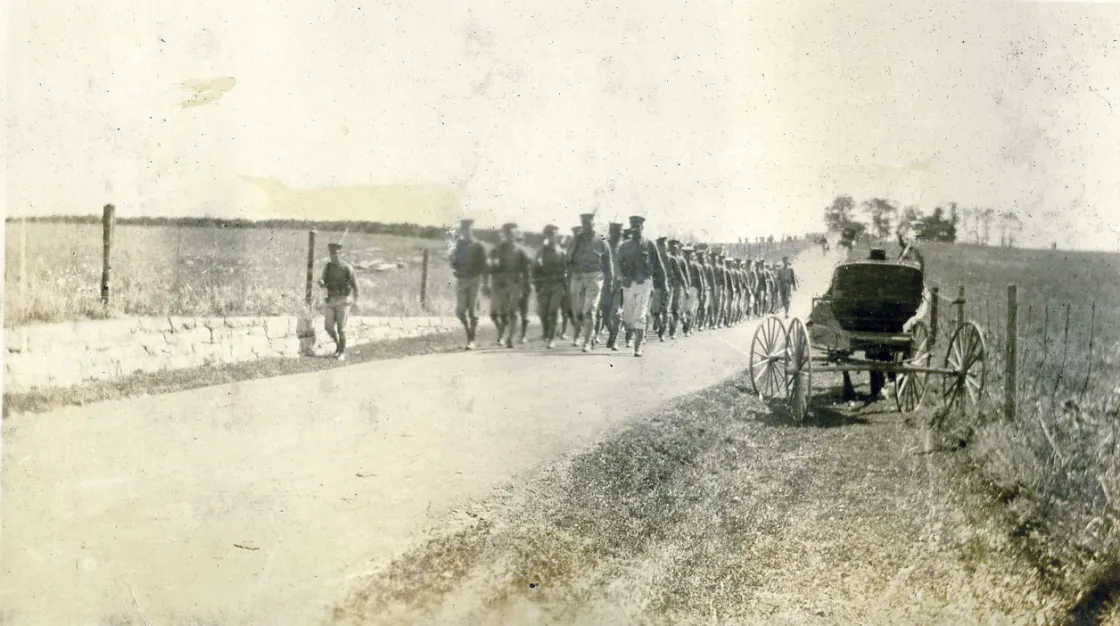
In the beginning, War College students made day trips from the capital. But starting in 1909, the entire college spent the final month of its curriculum on horseback covering the battlefields of Fredericksburg, Chancellorsville, Grant’s 1864 Overland Campaign and the Shenandoah Valley. Gettysburg and Antietam were added later, making the month-long trip close to 600 miles.
One early training method used by the War College at Antietam was to divide the class into two groups, and, using generic names to focus the discussion on principles ratherthan specifics, they would examine the movements of the “Red”and“Blue”armies as they marched through Virginia and Maryland. Using the events of the Maryland Campaign as a guide, the instructors injected variations of events to force the students to think through problems of maneuver and supply based on the terrain and their training, rather than reciting historical events.
Students were often asked to prepare the written orders to concentrate the scattered parts of the Red army at Sharpsburg, or move the Blue army from Washington to Frederick. A 1907 group was required to write the orders to bring each corps of the Blue army onto the battlefield as the Army of the Potomac had done using McClellan’s intent expressed in his after-action report. Other assignments included an examination and a simulated establishment of logistical support for the Army of the Potomac using trains, depots and roads. One class was required to determine a division-level communications plan. However, the most important part the training involved critiquing the decisions made by commanders on the field where their decisions were made, and trying to scrutinize them with the information available to an officer at the time.

With the onset of WWI, there was a hiatus in staff ride training. After the “War to End All Wars,”the U.S. Marines started using the Civil War battlefields for training and for publicity. The Corps began to use them for maneuvers and exercises that incorporated modern weapons and tactics. The public was invited to watch Marines stationed at Quantico Marine Base in Virginia stage battle reenactments. In 1921, President Warren G. Harding watched five regiments of Marines at the Wilderness Battlefield stage the largest field exercise since WWI. The next year, they traveled to Gettysburg, and in 1923, they concentrated their efforts in the Shenandoah Valley. It was at Antietam in 1924 that Marines held the last of this series of maneuvers and reenactments. They marched from Quantico on August 24 and stopped in Frederick, Md., for three days of liberty. After arriving at Sharpsburg, the Marines conducted training exercises that concluded with a reenactment on September 12 before a crowd of 40,000 spectators.
In 1920, the War College also returned to the Civil War battlefields, this time riding in motorized vehicles instead of on horse--back. It is not surprising that, given the recent WWI experience, the classes focused on the trenches and earthworks in Virginia. The practice of staff rides at the War College waxed and waned during the interwar period, but typically involved each student being assigned a particular phase of a campaign or battle, and they would be responsible for research and preparation for a briefing to their classmates at the appropriate stop. Students worked in pairs —one taking the Union side, the other the Confederate.
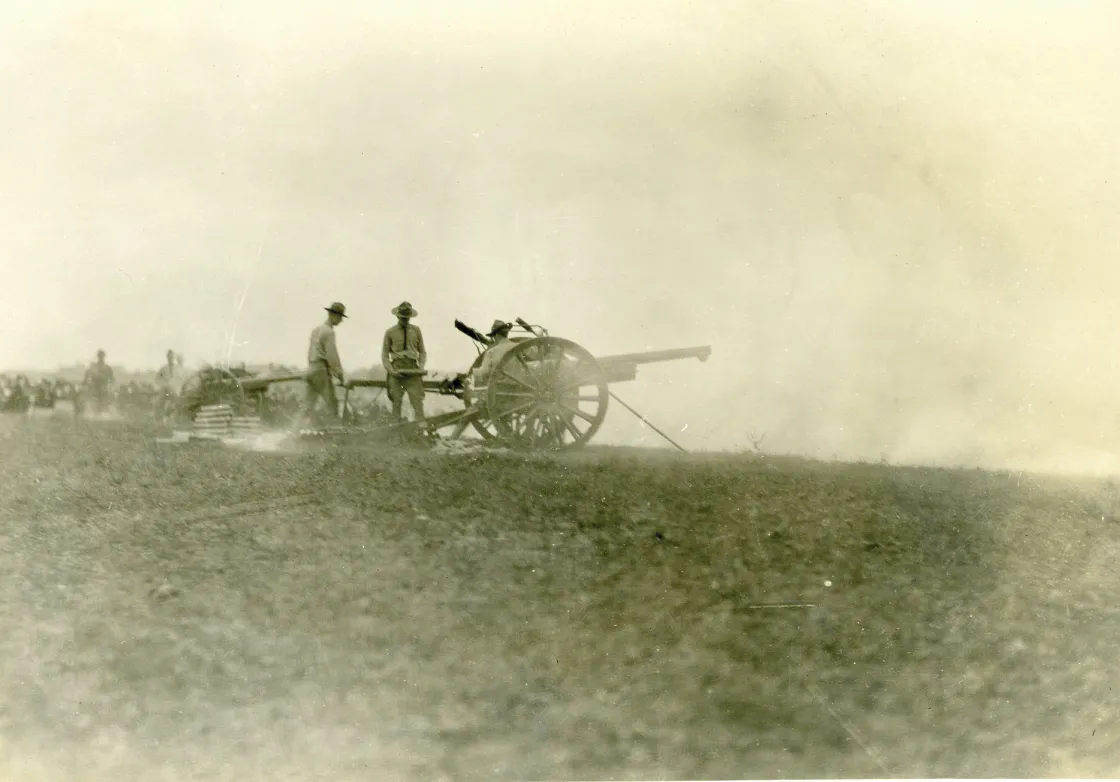
The interwar period also saw major changes in the long-term preservation and management of Antietam and the other Civil War parks, and once again the War College played a role. During the 1920s, a time of peace and prosperity, numerous bills were introduced into Congress to establish more battlefield parks at sites such as Fredericksburg and Petersburg. With so many bills being introduced, the Committee on Military Affairs needed a comprehensive study before it would take action. President Calvin Coolidge signed H.R. 11613 on June 11, 1926, which directed the secretary of war to complete a broad historic sites survey. The House committee that passed the legislation based a great deal of the language on a report prepared by Lt. Col. C.A. Bach, chief, Historical Section, Army War College, and signed by the secretary of war in 1925. Bach’s memorandum reviewed Congress’s past actions that shaped battlefield preservation pol- icy, set forth a comprehensive system for classifying battles according to their importance and proposed preservation action corresponding to the classification system. It also stated that the national military parks should be “so marked and improved as to make them real parks available for detailed study by military authorities, the battle lines and operations being clearly indicated on the ground.”
The act created a classification system for evaluating the importance and priority of battlefields. Once again a three-man commission was established, with representatives from the Quartermaster General, Chief of Engineers and the historical section of the Army War College. Their job was to evaluate and rank, survey and produce historical studies of proposed battlefield sites. This work was crucial because “no real estate shall be purchased for military park purposes by the Government unless report thereon shall have been made by the Secretary of War.”For four years, the historical section of the War College diligently conducted a national battlefield survey. With the data provided by the secretary of war, Congress added 14 battlefield sites and national military parks from 1926 to 1931.
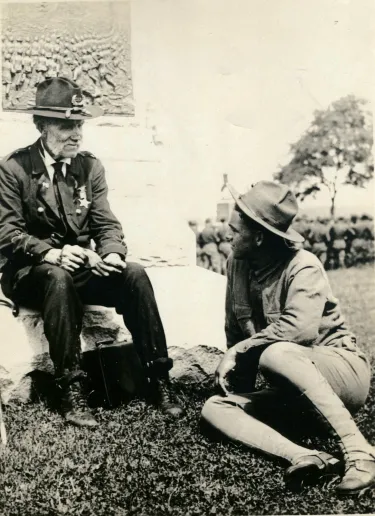
On August 10, 1933, President Franklin Roosevelt signed legislation that transferred all of the national military parks, battlefield sites, national monuments and national cemeteries to the National Park Service (NPS), which had been established in 1916 as part of the Department of the Interior to “promote and regulate the use of the Federal areas known as national parks, monuments, and reservations ... which purpose is to conserve the scenery and the natural and historic objects and the wildlife therein and to provide for the enjoyment of the same in such manner and by such means as will leave them unimpaired for the enjoyment of future generations.”The transfer was primarily a move to consolidate administration of the battlefields and their historic preservation under one agency. The battlefields would now be part of a larger vision of national heritage, managed by the National Park Service for the benefit and inspiration of all the people of the United States.

